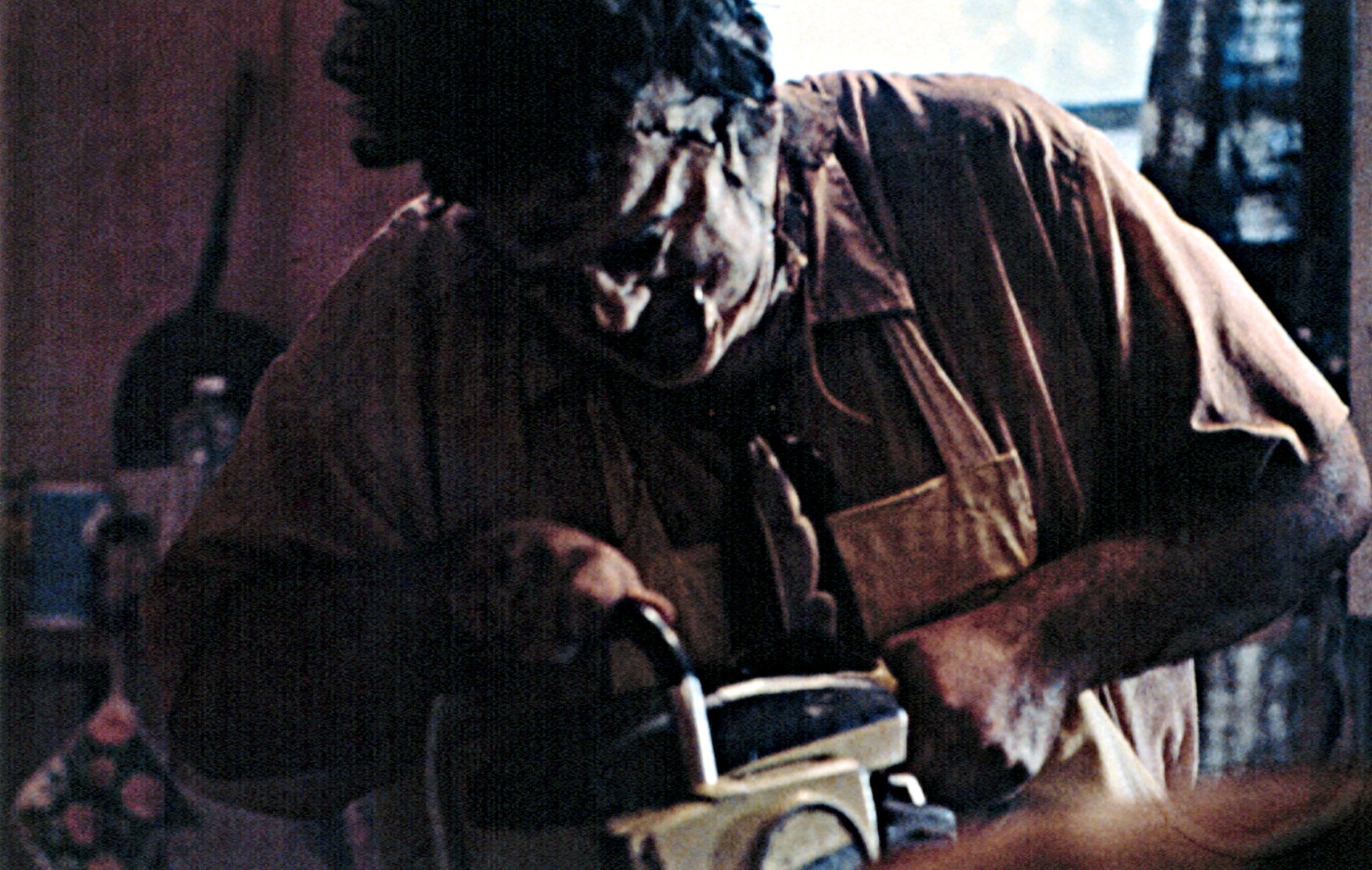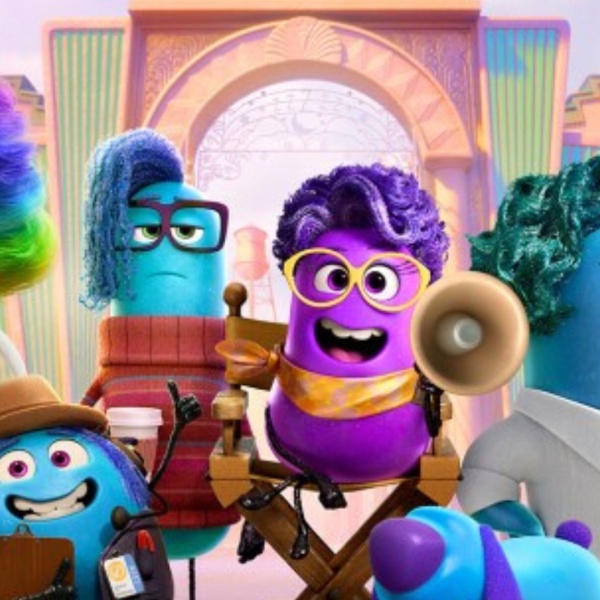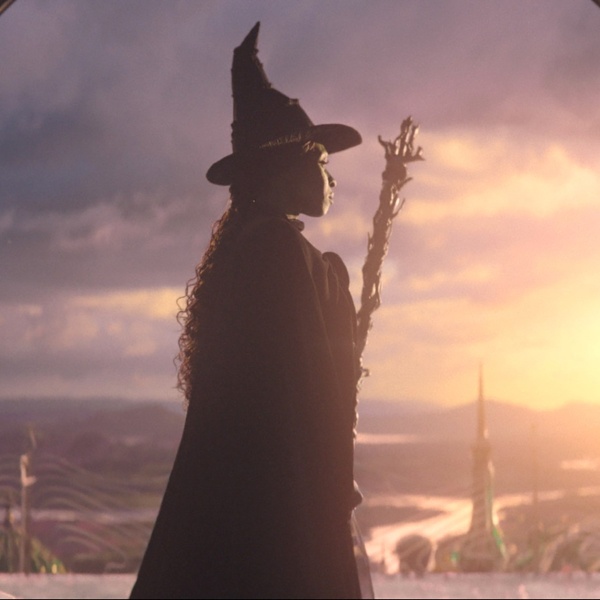Every once in a while, a movie comes around that’s so viscerally different from what came before it that the fabric of cinema is permanently altered. To say that future filmmakers were “influenced” by it almost feels like an understatement, as its legacy has less to do with inspiring specific aesthetic innovations than reconceptualizing the way we think about moving images.
It’s somewhat ironic that a movie titled “The Texas Chainsaw Massacre” went on to become such a film. Tobe Hooper’s 1974 slasher masterpiece embraced its lowbrow status with its matter-of-fact title and unapologetic gore, likely seen by many as a cheap attempt to ride shock value into a quick box office gold mine. But as any horror lover will be quick to tell you, that could not be further from the truth. While the film still holds up as a fantastic standalone slasher flick — this writer would argue that it’s better than the original “Halloween,” “Nightmare on Elm Street,” or “Friday the 13th,” for that matter — its most important impact might be the way that it shattered the Overton Window of horror filmmaking, creating a permission structure to show true evil on screen that empowered countless artists to probe the darkest depths of their own minds in search of cinematic scares.
That’s the argument made by “Chain Reactions,” Alexandre O. Philippe’s new documentary about the legacy of Hooper’s film. Unlike your typical film history doc, the film wastes little time with behind-the-scenes footage or production horror stories. Instead, it unfolds through a series of conversations with five high profile fans of the film: Patton Oswalt, Takashi Miike, Stephen King, Karyn Kusama, and critic Alexandra Heller-Nicholas. While most of them begin by citing specific elements of the film that they appreciate, the interviews quickly turn into free-flowing discussions about the period of their lives in which they saw the film and how their own relationship with horror changed.
Oswalt opens the film by explaining the difference between “Texas Chainsaw” and everything that came before it. Monster movies have existed for almost as long as film has been a medium, but the first half century of Hollywood history drew a clear line between the evils that existed in the real world and what we saw on the silver screen. He notes that early cinematic monsters were always slow-moving with highly expressive faces, allowing audiences to rest easy knowing that they’d be well-prepared for isolated scary moments. There was nothing in the real world that resembled Dracula or Frankenstein or the Creature from the Black Lagoon, so horror movies could exist as thrilling escapism that bore little resemblance to everyday evils.
But “Texas Chainsaw” gleefully stepped over that line. Its villain, Gunnar Hansen’s Leatherface, is sickeningly believable as someone who could exist in the real world. Rather than a monster with supernatural powers or a human driven by cartoonish evil, he’s a severely mentally disabled man who’s a product of an inbred family. He commits unspeakable acts of brutality without entirely processing why he’s committing them. He’s fast and strong and armed with tools and weapons that could easily be acquired by anyone with access to a hardware store. Rather than creating a false image of evil that allowed fans to act on their subconscious death wishes in a safe environment, Hooper and Hansen shined a light on the kind of grotesquerie that could very easily live behind any of the closed doors we pass each day.
King, Miike, Kusama, and Heller-Nicholas all explore their own connections to Leatherface and Hooper’s radical portrayal of him as someone deserving of empathy despite all of his actions. In examining the visceral impact that the film had on them, each artist eventually begins to wonder why they were drawn to horror in the first place. Miike recalls a childhood excursion to see a repertory screening of “City Lights” that resulted in him changing his mind at the last minute and seeing a scary movie instead. That simple twist of fate ended up altering the course of his life, as he became so obsessed with shocking audiences that he went on to make grotesque films like “Audition.” King has previously spoken about how he doesn’t feel like he has a choice over the kinds of stories that he writes, having long made peace with spending his life scaring paperback readers. But he explains that “Texas Chainsaw” prompted him to make a distinction between the emotions of horror and terror, pushing him even further in his quest to produce literary documentations of genuine evil.
Exploration of our inexplicable attraction to horror is the true theme of the brilliantly titled “Chain Reactions.” Plenty of well-adjusted people have devoted their lives to capturing sadism, abuse, dismemberment, and sin in its many forms in cinema and literature. Using art as an outlet to purge our evil urges in a harmless manner and allow ourselves to live normal lives in polite society is an unambiguously good thing, but Philippe and his subjects are interested in figuring out why we have those urges in the first place. Their inability to find convenient answers leaves the film with a chicken-or-egg dilemma, as it’s unclear whether “The Texas Chainsaw Massacre” introduced a new sentiment into the world or simply captured something that already existed in our souls. But it’s ultimately a moot point, as the film started an artistic chain reaction that will never be stopped — just like evil itself.
Grade: B
“Chain Reactions” screened at Fantastic Fest 2024 after having its world premiere at the 2024 Venice Film Festival. It is currently seeking U.S. distribution.
Want to stay up to date on IndieWire’s film reviews and critical thoughts? Subscribe here to our newly launched newsletter, In Review by David Ehrlich, in which our Chief Film Critic and Head Reviews Editor rounds up the best reviews, streaming picks, and offers some new musings, all only available to subscribers.






